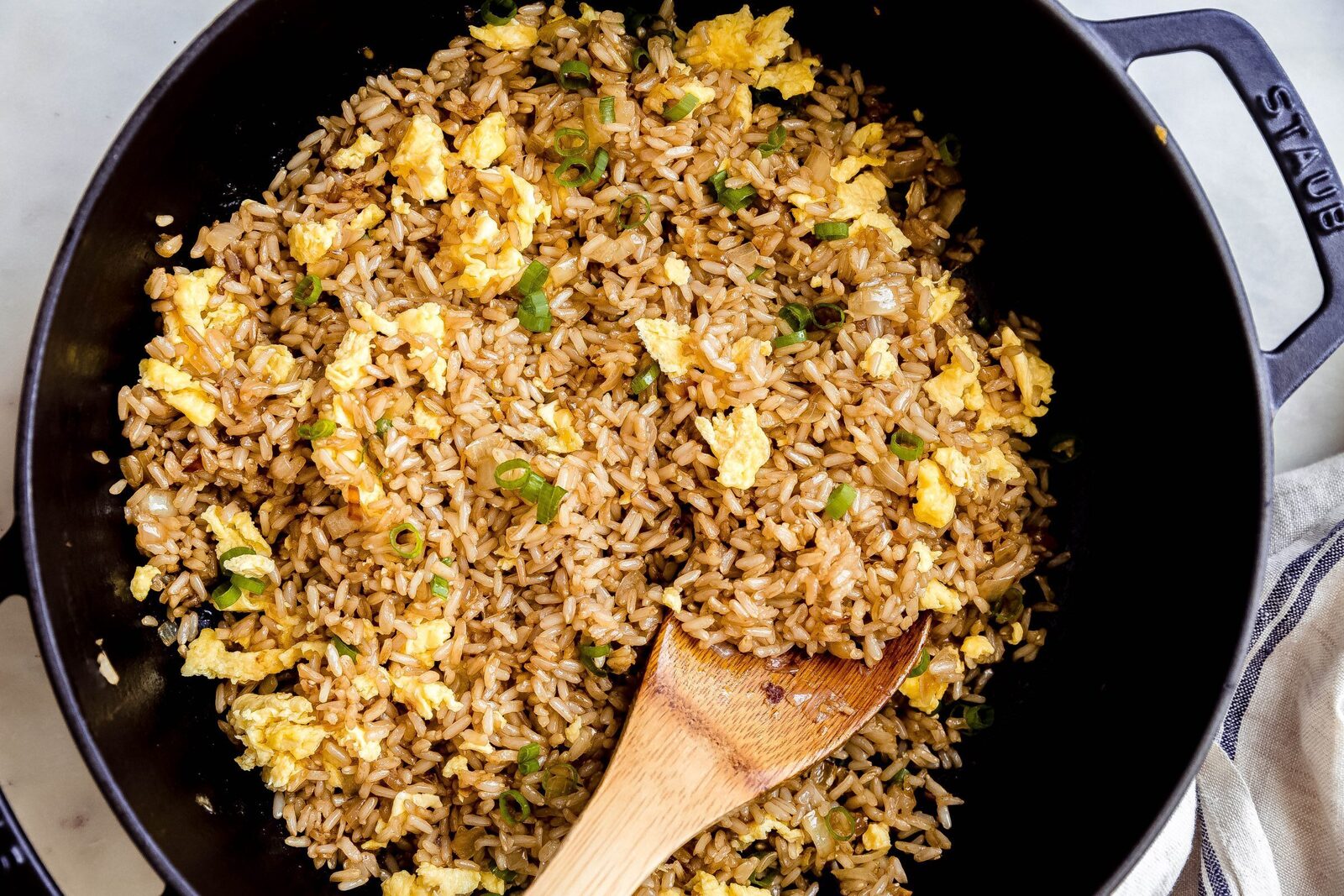

Articles
How To Cook Rice In Electric Skillet
Modified: October 19, 2024
Learn how to cook rice in an electric skillet with our informative articles. Discover the best techniques and tips for perfect rice every time.
(Many of the links in this article redirect to a specific reviewed product. Your purchase of these products through affiliate links helps to generate commission for Storables.com, at no extra cost. Learn more)
Introduction
Cooking rice is a staple in many households, and having the right equipment can greatly simplify the process. One such piece of kitchen equipment that can make cooking rice a breeze is an electric skillet. Electric skillets are versatile, easy to use, and offer precise temperature control, making them an ideal choice for cooking rice.
In this article, we will explore the benefits of using an electric skillet to cook rice, share tips and tricks to achieve perfectly cooked rice, and discuss various flavoring options to enhance your rice dishes. Whether you are a seasoned cook or a beginner, you will find valuable information to help you master the art of cooking rice in an electric skillet.
Before we dive into the specifics, let’s take a moment to understand why cooking rice in an electric skillet is advantageous compared to other methods. The consistent heat distribution in an electric skillet helps ensure that the rice cooks evenly, resulting in fluffy and well-cooked grains. Additionally, electric skillets often come with a non-stick surface, making it easier to clean up after cooking.
Another benefit of using an electric skillet is the ability to control and maintain the temperature accurately. Cooking rice requires precise heat control, and electric skillets allow you to set and maintain the desired temperature throughout the cooking process. This ensures that the rice is cooked to perfection without getting burnt or mushy.
So, if you’re ready to take your rice cooking skills to the next level, let’s dive into the world of cooking rice in an electric skillet and discover the secrets to achieving delicious and perfectly cooked rice every time.
Key Takeaways:
- Elevate your rice cooking game with an electric skillet, ensuring even cooking, precise temperature control, and time efficiency. Experiment with flavorings and enjoy perfectly fluffy rice every time.
- Embrace the versatility of your electric skillet by creating unique rice dishes with variations and flavorings. Share flavorful meals and create lasting memories around the table.
Read more: How To Cook On Electric Skillet
Benefits of Cooking Rice in an Electric Skillet
Cooking rice in an electric skillet offers several advantages over traditional stovetop methods. Let’s explore the benefits of using an electric skillet to cook rice:
- Even and Consistent Cooking: One of the main advantages of using an electric skillet is its ability to distribute heat evenly. This ensures that the rice cooks uniformly, resulting in perfectly cooked grains without any undercooked or overcooked portions. The consistent heat distribution also prevents the rice from sticking to the bottom or sides of the skillet, making clean-up a breeze.
- Precise Temperature Control: Electric skillets allow you to control and maintain the temperature with precision. This is crucial for cooking rice as it requires a specific temperature range for optimal results. With an electric skillet, you can set the desired temperature and be confident that it will remain constant throughout the cooking process, ensuring that the rice cooks evenly and doesn’t get burnt.
- Time and Energy Efficiency: Electric skillets heat up quickly, which means you can start cooking your rice almost instantly. Additionally, their tight-fitting lids help retain heat, reducing cooking time and saving energy. This makes electric skillets a convenient option for those who want to prepare rice efficiently without compromising on flavor and texture.
- Versatility: Electric skillets offer versatility beyond cooking rice. Most models come with adjustable temperature settings, allowing you to use the skillet for various cooking tasks such as sautéing, stir-frying, and even slow cooking. This means you can utilize the electric skillet for preparing a variety of dishes in addition to perfectly cooked rice.
- Easy to Clean: Electric skillets often come with a non-stick surface, which makes cleaning a hassle-free experience. The non-stick coating prevents the rice from sticking to the skillet, making it easy to remove any residue. Simply wipe the skillet clean with a damp cloth or gently wash it with warm soapy water, and it will be ready for its next use.
Whether you’re a busy parent looking for a convenient cooking option or a rice enthusiast seeking to elevate your rice dishes, an electric skillet offers numerous benefits that make it an excellent choice for cooking rice. With its even heat distribution, precise temperature control, time efficiency, versatility, and easy clean-up, you can enjoy perfectly cooked rice with minimal effort and maximum satisfaction.
Choosing the Right Rice for Electric Skillet Cooking
When it comes to cooking rice in an electric skillet, choosing the right type of rice is essential to achieve the desired texture and flavor. Different rice varieties have distinct characteristics that make them suitable for specific dishes. Here are some popular rice varieties that work well for electric skillet cooking:
- Long-Grain Rice: Long-grain rice, such as Basmati or Jasmine rice, is known for its elongated grains that remain separate and fluffy when cooked. This makes it a popular choice for many rice dishes. Long-grain rice is versatile and pairs well with various cuisines, making it a go-to option for everyday meals.
- Medium-Grain Rice: Medium-grain rice, like Arborio or Calrose rice, has a slightly shorter and plumper grain compared to long-grain rice. It has a soft and tender texture, making it ideal for dishes like risotto or rice pudding. Medium-grain rice cooks up creamy and sticky, perfect for recipes that require a stickier rice consistency.
- Short-Grain Rice: Short-grain rice, such as sushi rice or glutinous rice, has a rounder and softer grain that tends to stick together when cooked. It is commonly used in Asian cuisine for dishes like sushi, rice bowls, and rice pudding. Short-grain rice provides a chewy and sticky texture that enhances the overall eating experience.
- Brown Rice: Brown rice is a whole grain rice variety that retains the bran and germ layers, making it more nutritious compared to white rice. It has a nuttier flavor and a chewier texture. Brown rice takes longer to cook than white rice, so it’s important to adjust the cooking time accordingly when using an electric skillet. However, the added nutritional benefits make it worth the extra time.
- Wild Rice: Wild rice is not actually a rice variety, but rather the seeds of aquatic grasses. It has a chewy texture and a nutty flavor, making it a delicious and versatile option for rice dishes. Wild rice takes longer to cook than other types of rice, so it’s important to plan accordingly and adjust the cooking time when using an electric skillet.
When selecting the right rice for your electric skillet cooking, consider the specific dish you’re preparing and the desired texture and flavor. Additionally, factors such as cooking time and nutritional value should also be taken into account. Experiment with different rice varieties to discover your preferred options and create perfectly cooked rice dishes with your electric skillet.
Preparing the Electric Skillet for Rice Cooking
Before you start cooking rice in your electric skillet, it’s important to properly prepare the skillet to ensure optimal results. Here are the steps to prepare your electric skillet for rice cooking:
- Read the User Manual: Familiarize yourself with the specific instructions and guidelines provided by the manufacturer for your electric skillet model. This will ensure that you understand the features and functions of your skillet and can use it safely and effectively.
- Wash the Skillet: Before using your electric skillet for the first time, wash it thoroughly with warm soapy water and rinse it well. This will remove any manufacturing residues or dust particles. Dry the skillet completely before proceeding.
- Season the Skillet (if required): Some electric skillets may require seasoning before use to create a non-stick surface. Check the manufacturer’s instructions to see if your skillet needs to be seasoned. If so, follow the recommended seasoning process to ensure optimal performance.
- Inspect the Skillet: Before each use, inspect the electric skillet for any cracks, damage, or loose parts. Ensure that the power cord is in good condition and securely connected. If you notice any issues, do not use the skillet and seek professional assistance or contact the manufacturer for guidance.
- Preheat the Skillet: Preheating the electric skillet before adding the rice and liquid is essential to ensure that the rice cooks evenly and properly. Set the desired temperature on the skillet and allow it to preheat for a few minutes. This ensures that the skillet reaches the optimal temperature before you begin cooking.
- Apply Oil or Cooking Spray (optional): If your electric skillet is not equipped with a non-stick surface, you may choose to apply a thin layer of cooking oil or cooking spray to prevent the rice from sticking to the skillet. This step is optional and depends on the specific instructions provided by the skillet manufacturer.
By properly preparing your electric skillet before cooking rice, you ensure that it is clean, in good condition, and ready to deliver flawless results. Following these steps will help you create the perfect cooking environment and set the stage for a successful rice-cooking experience.
Steps to Cook Rice in an Electric Skillet
Cooking rice in an electric skillet is a straightforward process that yields deliciously cooked grains. Follow these simple steps to cook rice in your electric skillet:
- Measure the Rice and Liquid: Start by measuring the desired quantity of rice using a measuring cup. For most rice varieties, the standard ratio is 1 cup of rice to 1.5 cups of liquid. Adjust the quantity based on your preference and the number of servings you plan to make. Rinse the rice under cold water to remove any excess starch.
- Preheat the Skillet: Preheat your electric skillet by setting the desired temperature. For most rice varieties, a medium heat setting (around 325°F to 350°F) works well. Allow the skillet to heat up for a few minutes until it reaches the desired temperature.
- Add Oil or Butter (optional): If desired, add a small amount of cooking oil or butter to the preheated skillet. This will help prevent the rice from sticking and add flavor. Stir the oil or butter around the skillet to coat the surface evenly.
- Add the Rice and Liquid: Once the skillet is preheated and the oil or butter is melted, add the rinsed rice to the skillet. Stir the rice around in the skillet to coat it with the oil or butter. Then, slowly pour in the measured liquid, such as water or broth, evenly over the rice.
- Season and Flavor (optional): This step is optional but can enhance the taste of your rice. Add any desired seasonings, such as salt, herbs, spices, or bouillon, to the rice and liquid mixture. Stir to distribute the seasonings evenly.
- Cover with a Lid: Place a lid on the electric skillet to trap the heat and steam. This helps the rice cook evenly and retain moisture. If your skillet doesn’t come with a lid, you can use aluminum foil as a makeshift cover.
- Reduce Heat and Simmer: Once the skillet is covered, reduce the heat to low or the lowest setting recommended for your electric skillet. This allows the rice to simmer gently and cook through without burning or becoming mushy. The cooking time will vary depending on the type of rice and the quantity being cooked. Refer to the package instructions for approximate cooking times.
- Let it Rest: After the rice has finished cooking, turn off the heat and let it sit in the covered skillet for about 5-10 minutes. This resting period allows the rice to absorb any remaining moisture and results in fluffy, perfectly cooked grains.
- Fluff and Serve: Remove the lid and fluff the rice gently with a fork. This helps separate the grains and releases any trapped steam. Serve the rice immediately as a side dish or as the base for other recipes. Enjoy!
By following these steps, you can master the art of cooking rice in your electric skillet. Adjust the cooking time and liquid quantity based on your preferences and the specific rice variety you’re using. With practice, you’ll be able to achieve perfectly cooked rice that complements your favorite dishes.
When cooking rice in an electric skillet, use a 1:2 ratio of rice to water. Bring the water to a boil, add the rice, then reduce the heat to low and let it simmer for 18-20 minutes. Fluff with a fork before serving.
Read more: How To Cook Pasta In Electric Skillet
Tips and Tricks for Perfectly Cooked Rice in an Electric Skillet
While cooking rice in an electric skillet is relatively easy, a few tips and tricks can help you achieve perfectly cooked rice with great flavor and texture. Here are some handy tips to elevate your rice-cooking game:
- Use the Right Amount of Liquid: Pay attention to the rice-to-liquid ratio as it greatly affects the texture of the cooked rice. Different rice varieties require different amounts of liquid. As a general rule, use 1.5 cups of liquid for every cup of rice. However, adjust the liquid amount slightly based on the specific rice variety you’re using and your preferred texture.
- Keep the Lid Closed: Once you’ve added the rice and liquid to the skillet, resist the urge to frequently check and stir the rice. Opening the lid releases steam and heat, which can result in uneven cooking and longer cooking times. Keep the lid closed throughout the cooking process to allow the rice to steam and cook evenly.
- Avoid Overcooking: Cooking rice for too long can result in mushy or overcooked grains. It’s important to monitor the cooking process and turn off the heat once the rice is cooked. You can check if the rice is done by gently fluffing it with a fork and tasting a few grains. They should be tender with a slight bite to them.
- Experiment with Broths and Flavorings: Enhance the flavor of your rice by using broth instead of plain water. Vegetable, chicken, or beef broth can add richness and depth to your rice dishes. Additionally, you can experiment with different flavorings such as herbs, spices, or even dried fruits and nuts to create unique and delicious rice combinations.
- Add Aromatics: Infuse your rice with aromatic flavors by adding ingredients like garlic, onions, or ginger to the skillet before adding the rice and liquid. Sauté these aromatics in the oil or butter for a few minutes to release their flavors before proceeding with the rice. This simple step can take your rice dishes to a whole new level.
- Don’t Stir Too Often: While it’s important to coat the rice with the oil or butter and evenly distribute the liquid, stirring the rice too frequently during the cooking process can lead to sticky and clumpy rice. Stir the rice gently at the beginning to ensure even distribution, but limit further stirring to avoid disrupting the cooking process.
- Let It Rest: Allowing the cooked rice to rest for a few minutes after turning off the heat is key to achieving perfectly fluffy grains. This resting period helps the rice absorb any remaining moisture and allows the flavors to meld. Patience is key in this final step to ensure your rice is at its best.
- Adjust Cooking Time and Heat: Each electric skillet may vary in terms of cooking time and heat distribution. It’s important to understand your specific skillet and make adjustments accordingly. If you find that your rice is consistently undercooked or overcooked, experiment with slight adjustments to the cooking time or heat setting to achieve the desired results.
With these tips and tricks in mind, you can achieve consistently perfect rice in your electric skillet. Remember that practice makes perfect, so don’t be afraid to experiment and adjust the process to suit your preferences. Soon enough, you’ll be enjoying delicious, fluffy rice that will enhance any meal you prepare.
Variations and Flavoring Options
While plain steamed rice can be delicious on its own, adding variations and flavorings can take your rice dishes to new heights. Here are some exciting variations and flavoring options to experiment with when cooking rice in your electric skillet:
- Mixed Veggie Rice: Add a blend of diced vegetables like carrots, peas, and bell peppers to your rice while it’s cooking. The vegetables will infuse the rice with flavor and provide added texture and nutrition. You can also sauté the vegetables briefly in the skillet before adding the rice and liquid for a slightly caramelized flavor.
- Herbed Rice: Elevate the flavor of your rice by adding fresh or dried herbs. Popular choices include basil, parsley, cilantro, or thyme. Stir in the herbs along with the rice and liquid before cooking. The herbs will impart a delightful aroma and savory taste to your rice dish.
- Coconut Rice: For a tropical twist, substitute some of the cooking liquid with coconut milk. This will infuse the rice with a subtle coconut flavor and make it slightly creamy. Top it off with toasted coconut flakes to add a delightful crunch and extra coconut goodness.
- Spicy Rice: If you enjoy a bit of heat, spice up your rice by adding chili flakes, cayenne pepper, or even a chopped jalapeño pepper. Adjust the spice level according to your preference. The added kick will give your rice dishes an exciting and zesty flavor.
- Lemon Rice: Brighten up your rice with the zesty flavor of lemon. Add the juice and zest of a lemon to your rice during the cooking process. The lemon adds a refreshing tang and pairs well with a variety of dishes, especially seafood and Mediterranean-inspired meals.
- Fried Rice: Transform your cooked rice into a flavorful and satisfying dish by making fried rice. Sauté diced vegetables, protein of your choice (such as shrimp, chicken, or tofu), and scrambled eggs in the skillet with a bit of oil. Add the cooked rice and season with soy sauce, garlic, and ginger for a delicious one-pan meal.
- Mexican Rice: Spice up your rice with Mexican flavors by adding tomatoes, onions, garlic, and a bit of cumin. You can also mix in black beans, corn, and diced jalapeños to create a vibrant and flavorful Mexican rice dish. Serve it as a side to complement your favorite Mexican entrees.
- Pilaf-style Rice: Create a savory pilaf-style rice dish by sautéing onions, garlic, and your choice of vegetables in the skillet before adding the rice and liquid. The vegetables will add aroma and texture, and the flavors will blend together beautifully. Consider using broth instead of water to enhance the richness.
These are just a few examples of the many flavoring options you can explore when cooking rice in your electric skillet. Don’t be afraid to get creative and experiment with different ingredients and seasonings to create unique and delicious rice dishes that suit your taste preferences and complement your meals.
Serving and Enjoying Rice Cooked in an Electric Skillet
Once you have cooked your rice to perfection in the electric skillet, it’s time to serve and enjoy your delicious creation. Here are some tips on serving and enjoying rice cooked in an electric skillet:
- Fluff the Rice: Before serving, gently fluff the cooked rice with a fork to separate the grains. This will prevent the rice from clumping together and create a light and fluffy texture.
- Pair with Main Dishes: Rice is a versatile side dish that pairs well with a variety of main dishes. Serve the rice alongside grilled chicken, stir-fried vegetables, beef stir-fry, or any protein of your choice. The mild flavor of the rice will complement and balance the flavors of the main dish.
- Garnish and Add Fresh Herbs: To enhance the visual appeal and flavor of your rice, consider garnishing it with fresh herbs such as parsley, cilantro, or green onions. The vibrant colors and fragrant aroma of the herbs will elevate your rice dish.
- Add Sauces or Condiments: Customize your rice by serving it with sauces or condiments. Soy sauce, teriyaki sauce, sriracha, or sweet chili sauce can add a burst of flavor to your rice. Let each person customize their rice according to their preferences.
- Explore Rice Bowls: Transform your rice into a complete meal by creating rice bowls. Top the cooked rice with your favorite protein such as grilled shrimp, sliced beef, or tofu. Add sautéed vegetables, pickled radishes, and a sprinkle of sesame seeds for a satisfying and nutritious meal.
- Experiment with Leftovers: Cooked rice from your electric skillet can be a great ingredient for leftover recipes. Turn it into a delicious fried rice the next day by sautéing it with vegetables, protein, and seasonings. You can also use it to make rice salads, stuffed peppers, or rice-based casseroles.
- Share and Enjoy: Rice is a communal food, perfect for sharing with family and friends. Gather your loved ones around the table and enjoy the flavors and textures of the perfectly cooked rice together. Food has a way of bringing people closer, and sharing the rice you cooked in your electric skillet will create lasting memories and connections.
Remember, the beauty of cooking rice in an electric skillet is that it provides you with a versatile canvas. Don’t be afraid to get creative and experiment with different ingredients and flavor profiles to make the rice dishes uniquely yours. Let your taste buds guide you, and savor the delightful experience of enjoying rice cooked to perfection in your electric skillet.
Cleaning and Maintaining Your Electric Skillet
Proper cleaning and maintenance of your electric skillet are essential to keep it in good condition and ensure its longevity. Here are some tips to effectively clean and maintain your electric skillet:
- Unplug and Cool Down: Before cleaning your electric skillet, always make sure it is unplugged and has had enough time to cool down. This will prevent any accidental burns and ensure your safety while handling the appliance.
- Remove the Power Cord (if detachable): If your electric skillet has a removable power cord, detach it from the appliance before cleaning. This will make cleaning the skillet more convenient and prevent any water or cleaning solutions from coming into contact with the cord or plug.
- Hand Wash the Skillet: In most cases, electric skillets are not dishwasher safe. To clean your skillet, use warm soapy water and a soft sponge or cloth. Gently scrub the surface, paying attention to any food residue or stains. Avoid using abrasive materials or harsh cleaning agents that can damage the non-stick coating.
- Remove Stubborn Stains: If there are stubborn stains or burnt-on food residue, create a paste using baking soda and water. Apply the paste to the affected areas and let it sit for a few minutes. Then, gently scrub the stains using a non-abrasive sponge or cloth. Rinse the skillet thoroughly to remove any residue.
- Avoid Submerging the Skillet in Water: Electric skillets are not designed to be fully submerged in water. Avoid soaking the skillet or immersing it completely in water, as this can damage the electrical components. Instead, focus on cleaning the cooking surface and sides of the skillet without allowing water to enter the bottom area.
- Remove the Temperature Control: If your electric skillet has a removable temperature control, detach it from the skillet before cleaning. Clean it separately using a damp cloth or sponge. Make sure the temperature control is completely dry before attaching it back to the skillet.
- Dry Thoroughly: After cleaning, dry the electric skillet thoroughly to prevent any moisture from causing rust or damage. Use a clean towel or air dry the skillet before storing it. Additionally, make sure the power cord is completely dry before reattaching it to the skillet.
- Store Properly: When not in use, store your electric skillet in a clean and dry place. Make sure the power cord is neatly stored and not tangled. This will help prevent any damage and ensure that the skillet is ready for use whenever you need it.
- Regular Maintenance: Regularly check the electrical components, handles, and non-stick coating of your electric skillet for any signs of wear or damage. If you notice any issues, contact the manufacturer or a qualified professional for assistance. Regular maintenance and inspections will extend the lifespan of your skillet and ensure safe and efficient operation.
By following these cleaning and maintenance tips, you can keep your electric skillet in excellent condition. Regular cleaning and proper maintenance will not only preserve the performance of your skillet but also ensure that it remains a hygienic and reliable cooking tool for years to come.
Read more: What Is An Electric Skillet
Conclusion
Cooking rice in an electric skillet is a convenient and efficient way to achieve perfectly cooked grains with minimal effort. The benefits of using an electric skillet, such as even cooking, precise temperature control, and time efficiency, make it a great tool for rice enthusiasts and novice cooks alike.
By choosing the right type of rice and properly preparing your electric skillet, you set the foundation for successful rice cooking. Following the step-by-step instructions and incorporating the tips and tricks provided in this article will yield delicious results every time.
Furthermore, don’t be afraid to experiment with variations and flavorings to create unique rice dishes that suit your taste preferences. Whether you enjoy aromatic herb-infused rice, spicy and flavorful options, or fusion-inspired creations, the possibilities are endless.
Remember to clean and maintain your electric skillet regularly to ensure its longevity and optimal performance. Proper cleaning and storage will keep the skillet in good condition, ready for your next culinary adventure.
So, go ahead and embrace the versatility of your electric skillet by using it to cook rice. With a little practice and experimentation, you’ll master the art of cooking rice to perfection, impressing yourself and your loved ones with flavorful and fluffy rice dishes every time.
Enjoy the journey of discovering new rice recipes, sharing meals, and creating lasting memories around the table. Happy rice cooking!
Frequently Asked Questions about How To Cook Rice In Electric Skillet
Was this page helpful?
At Storables.com, we guarantee accurate and reliable information. Our content, validated by Expert Board Contributors, is crafted following stringent Editorial Policies. We're committed to providing you with well-researched, expert-backed insights for all your informational needs.
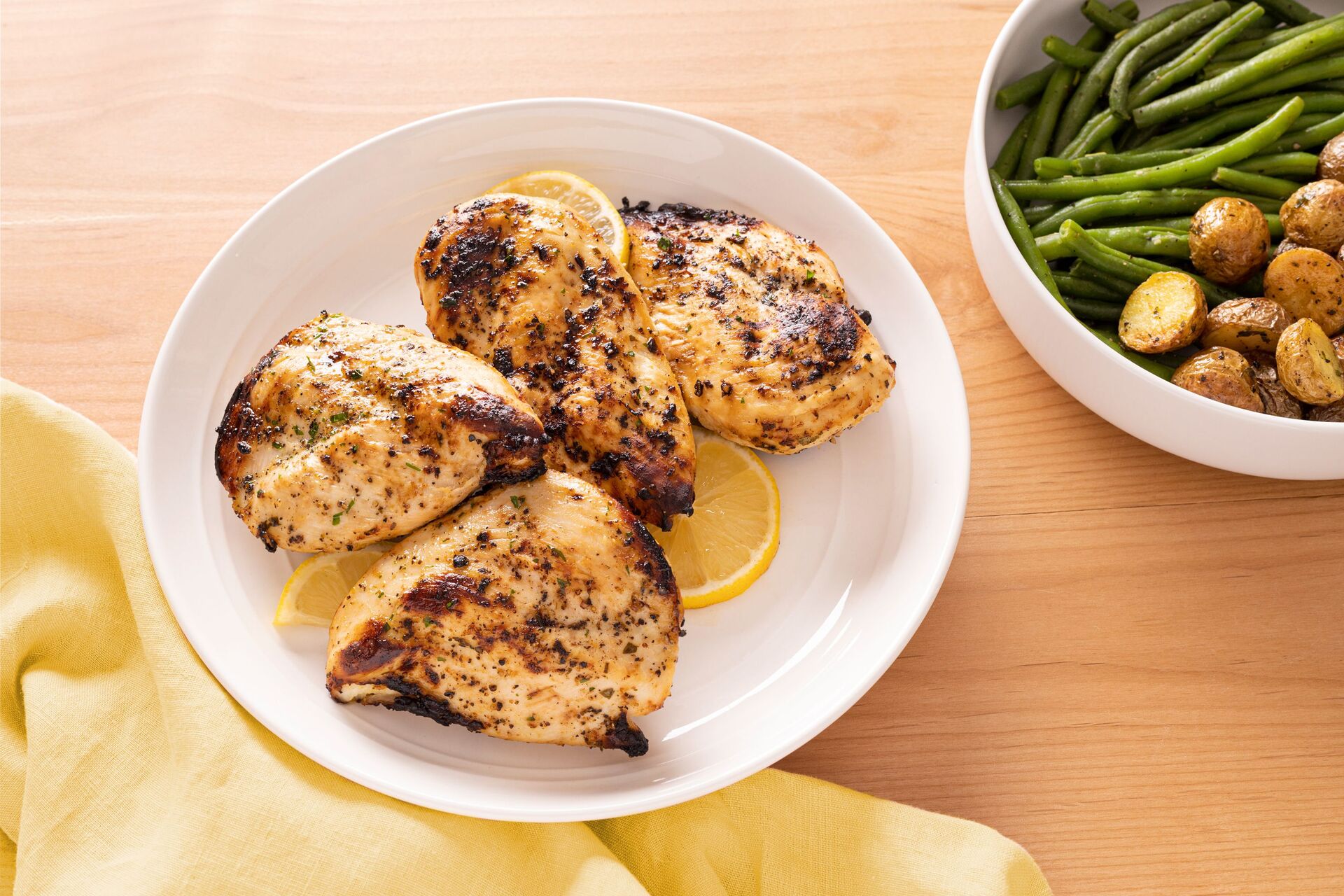
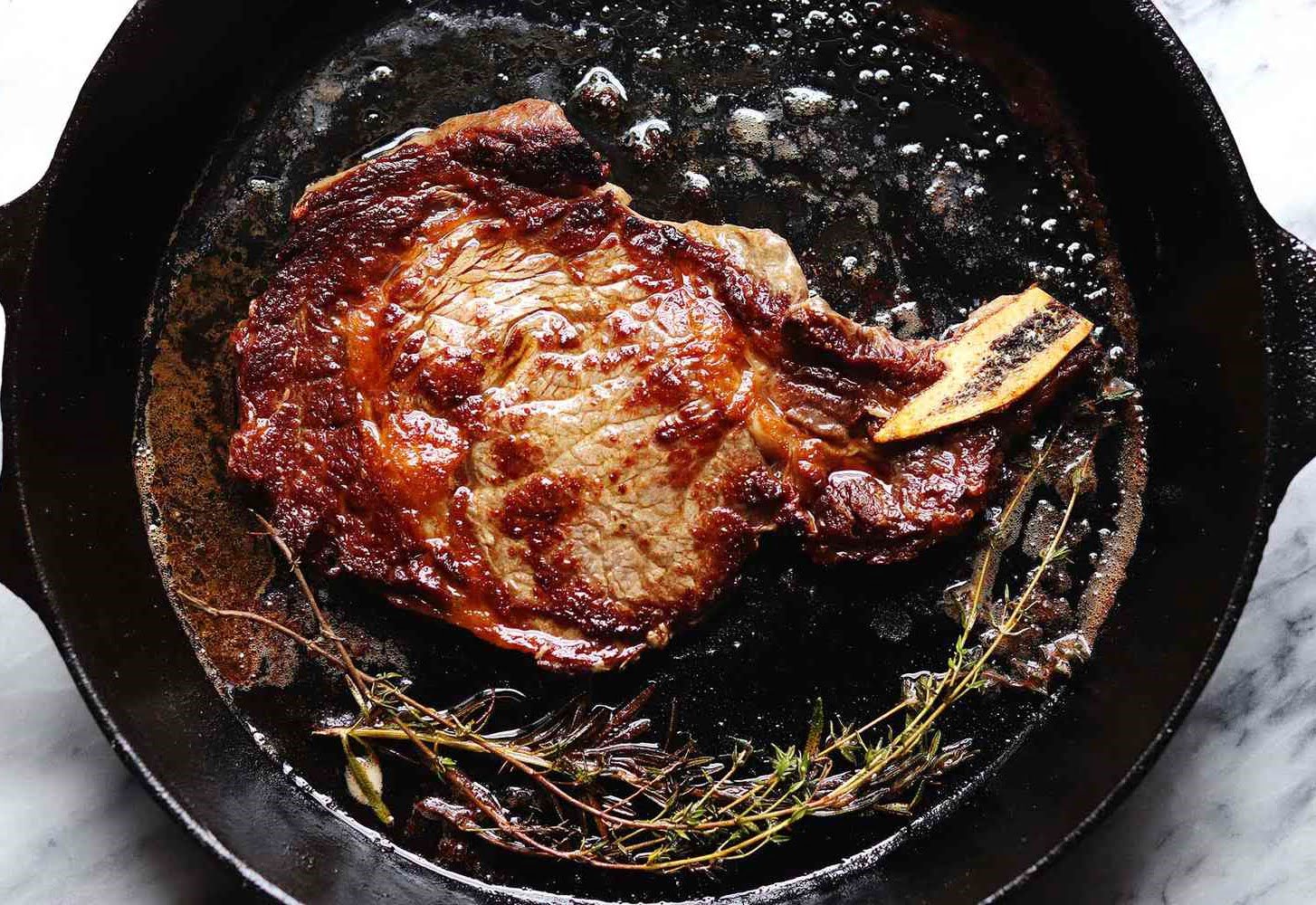
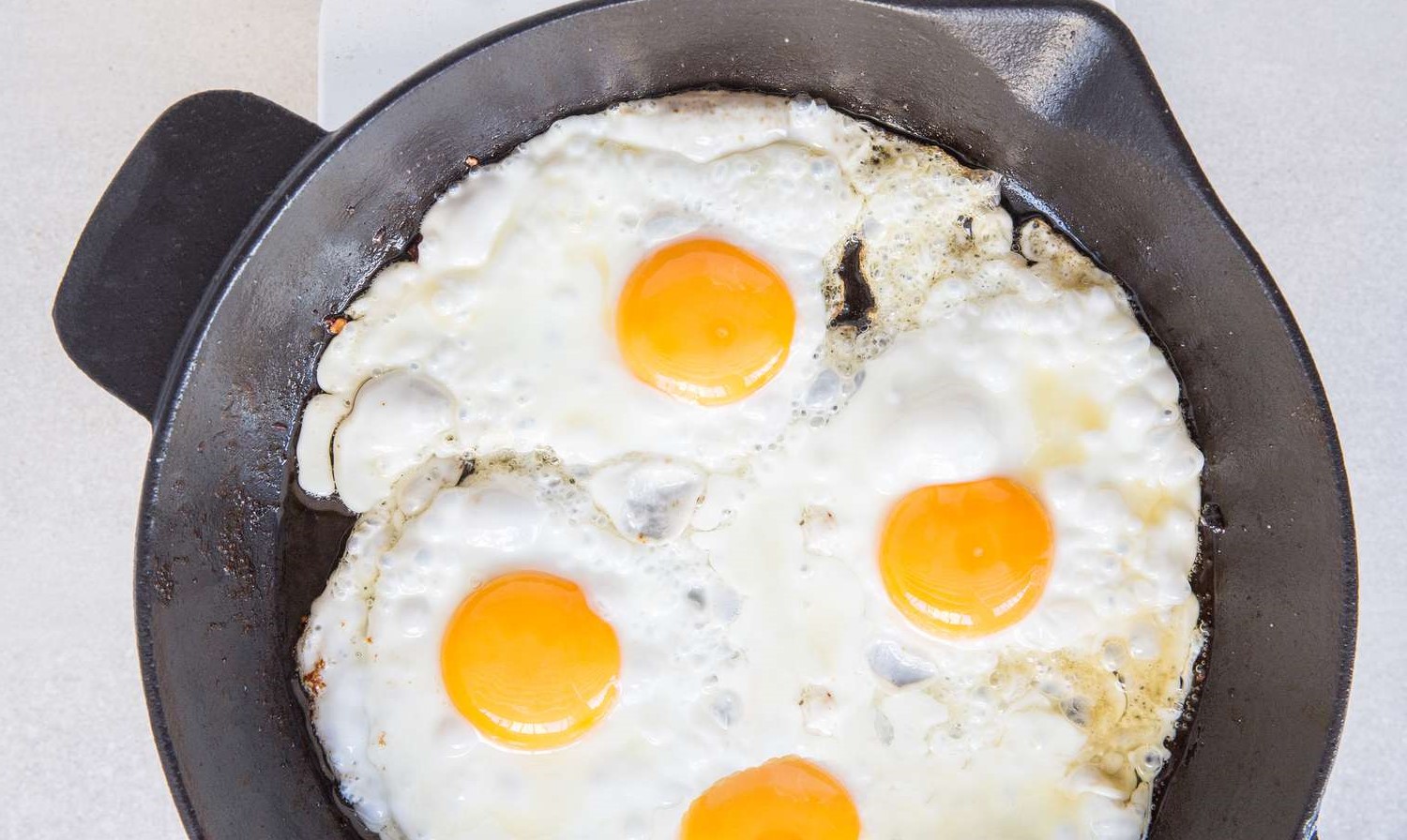
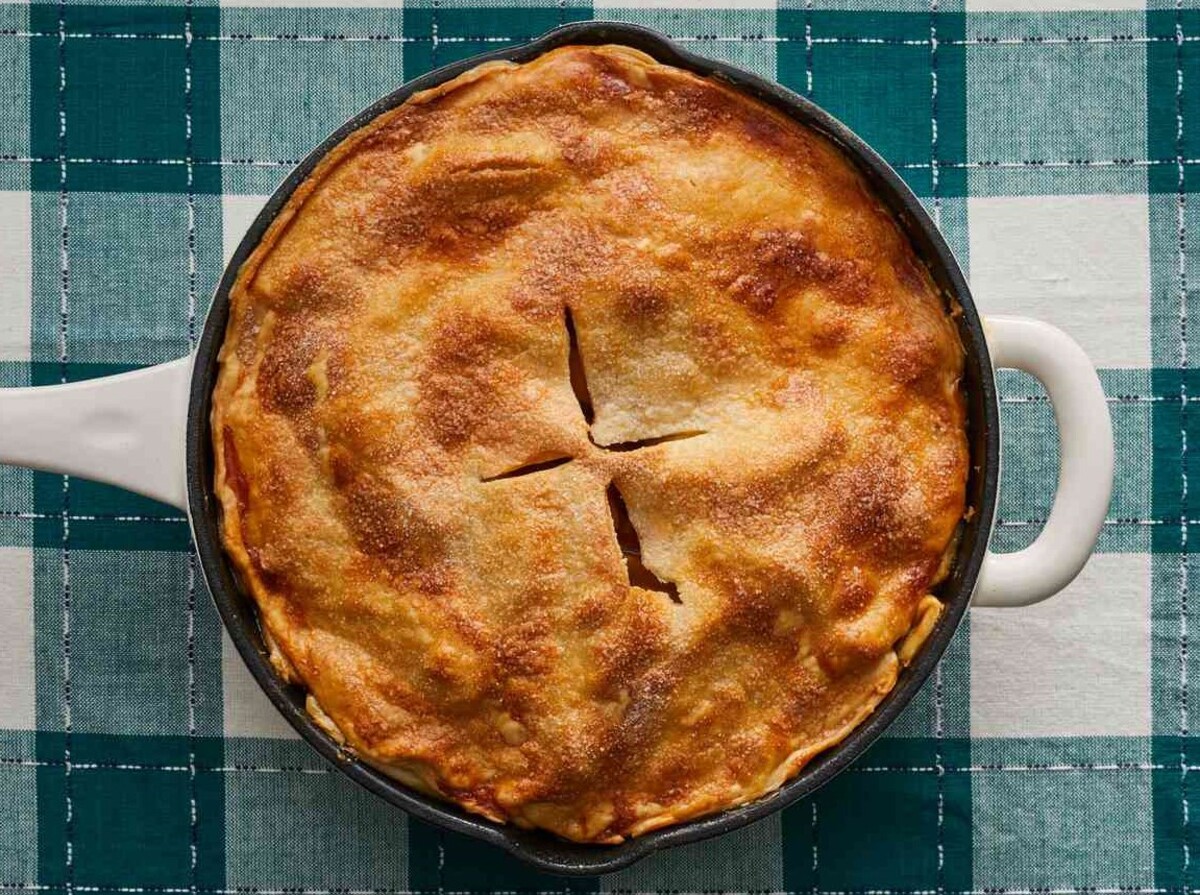
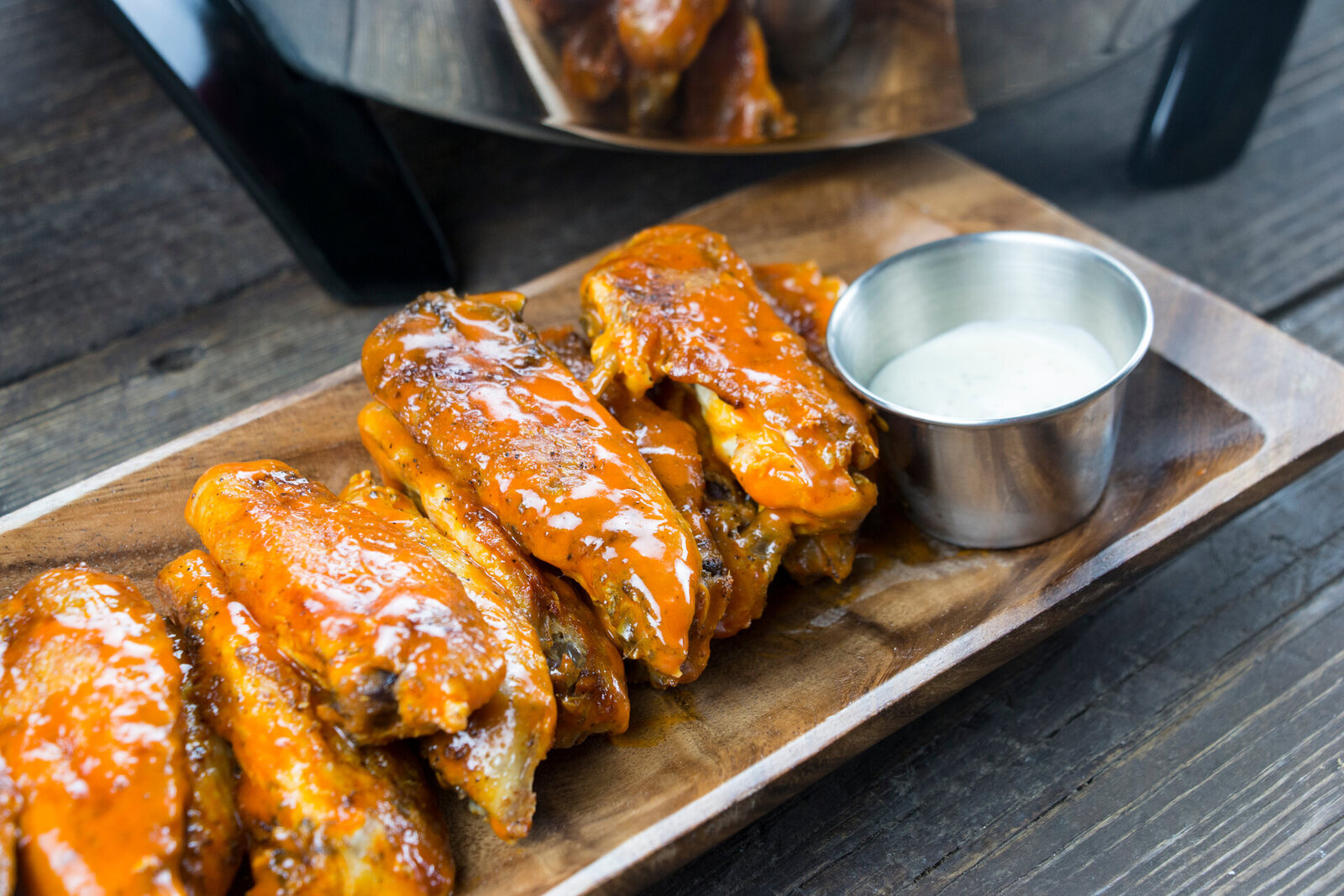
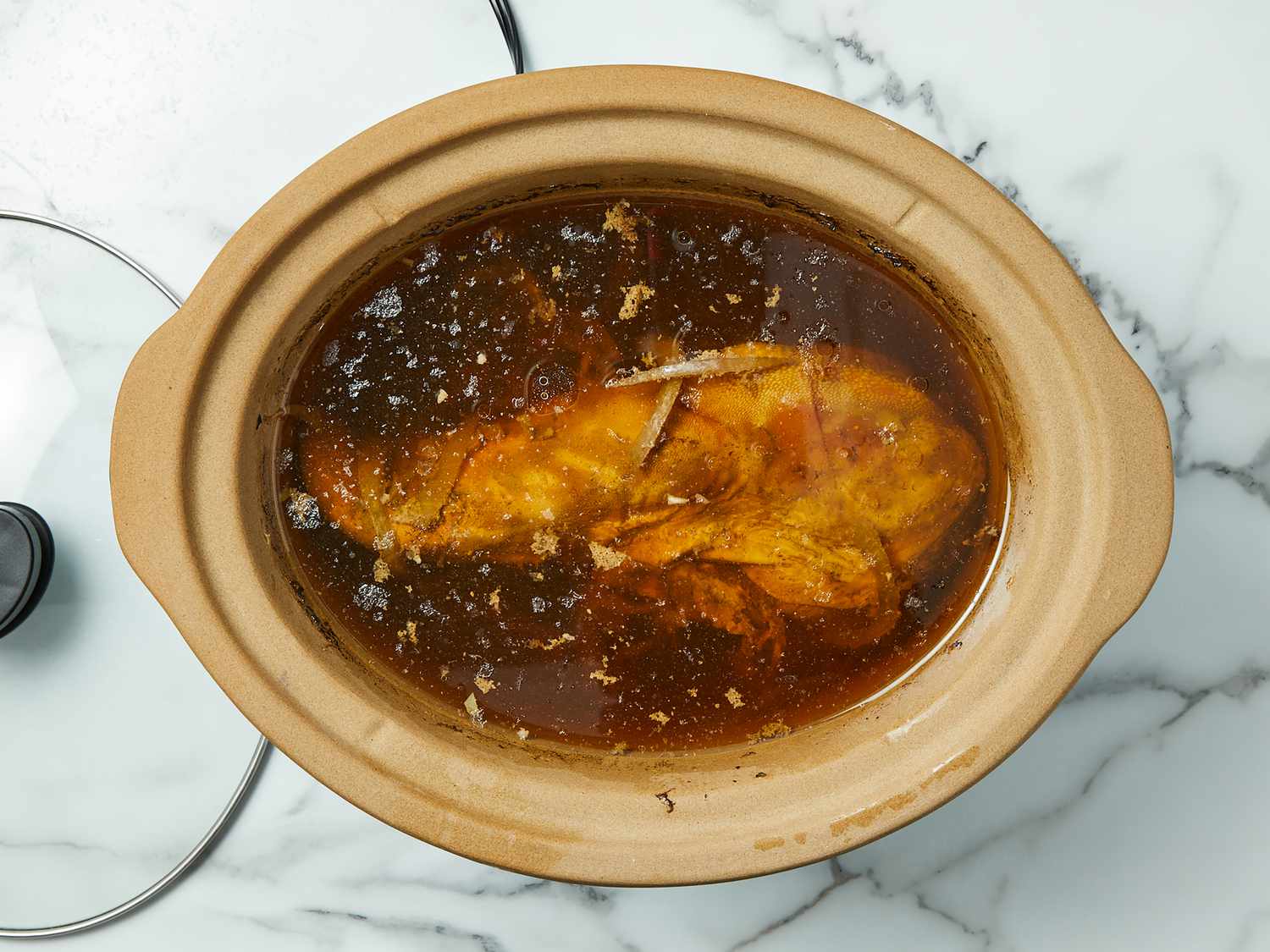
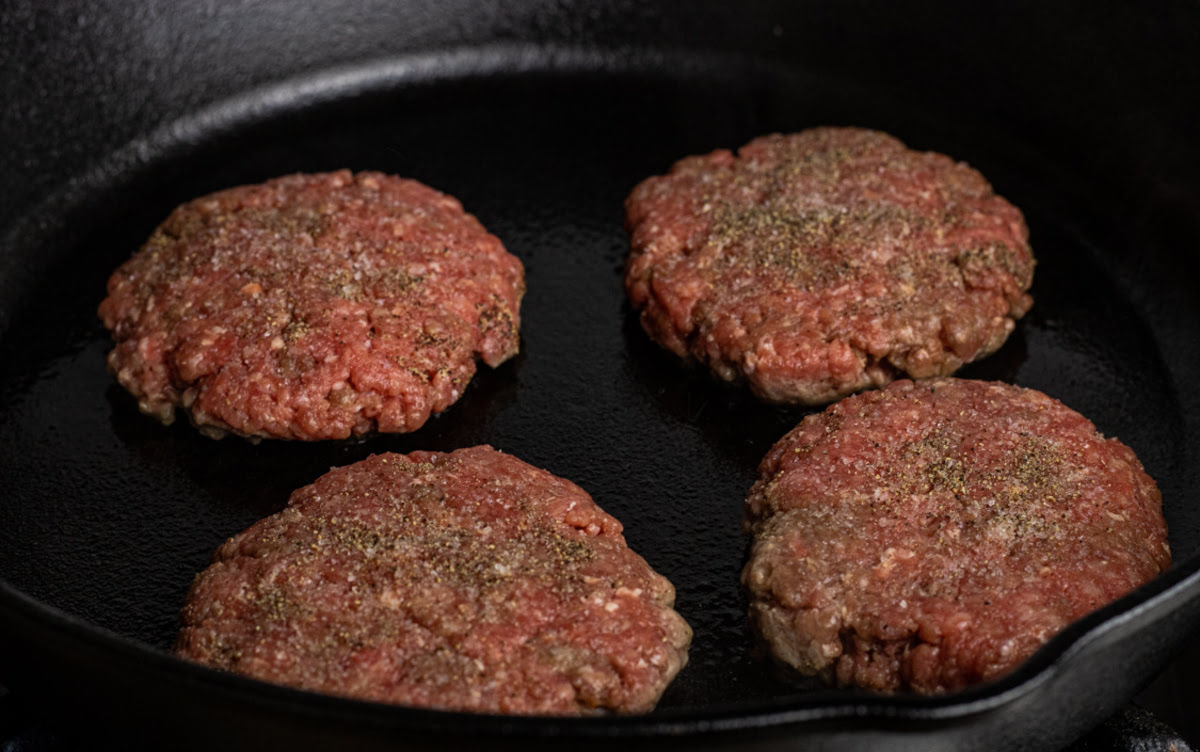
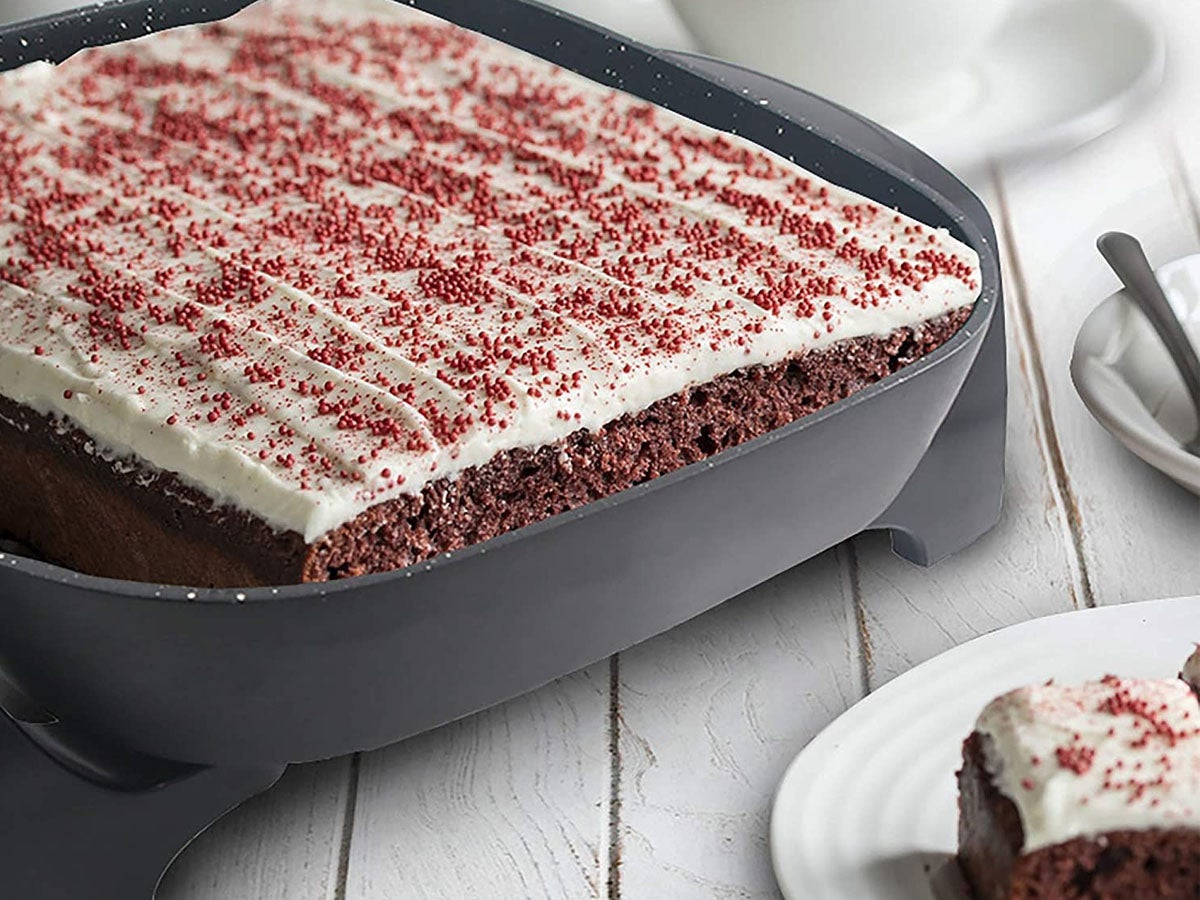
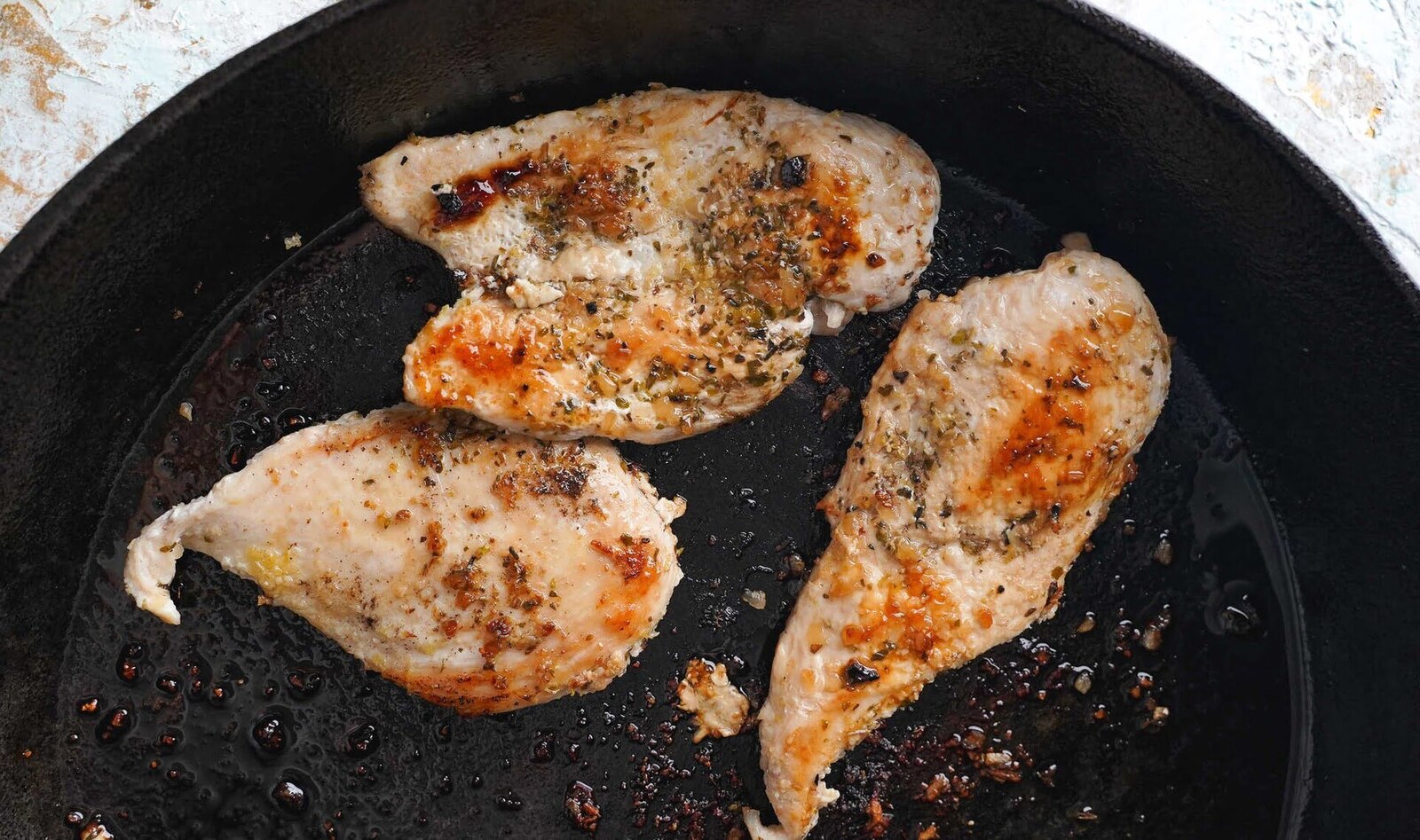
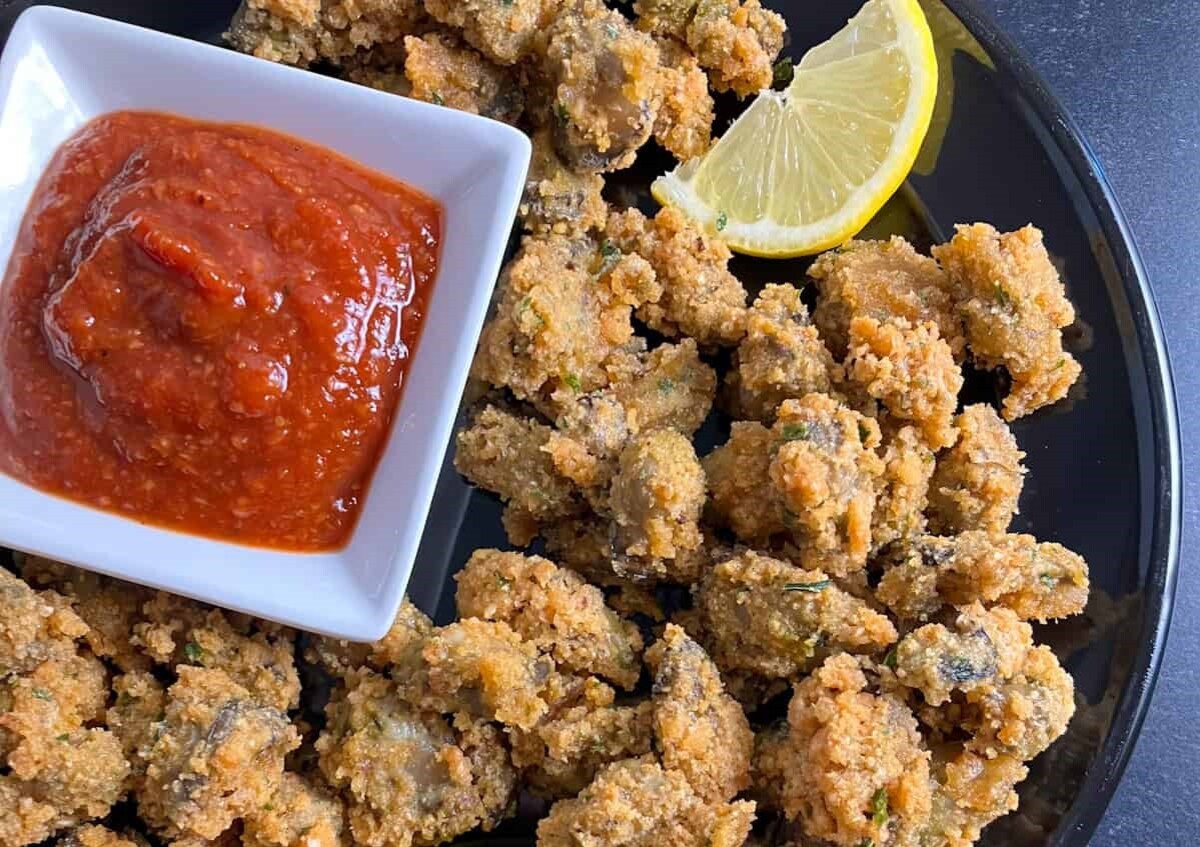
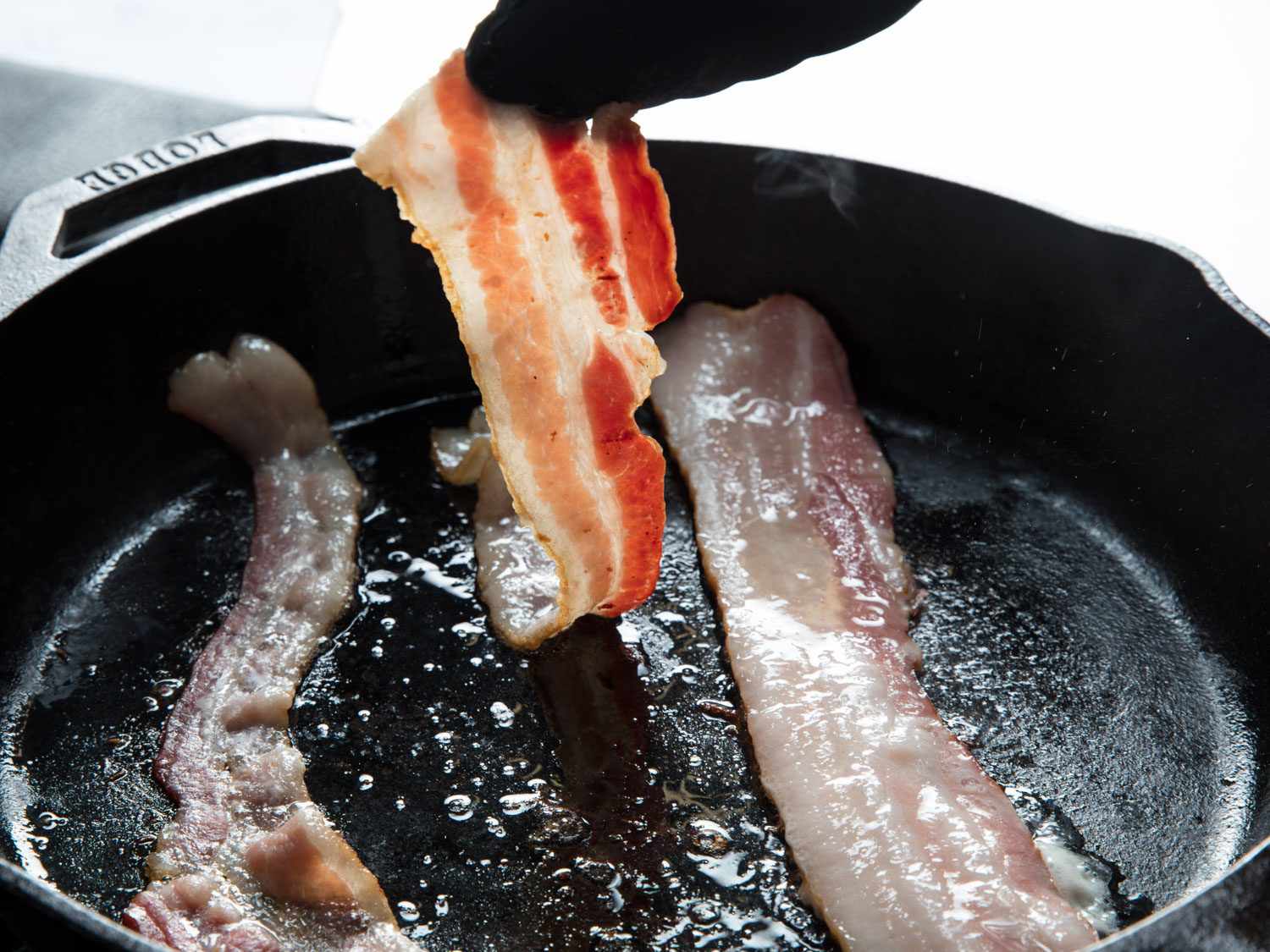

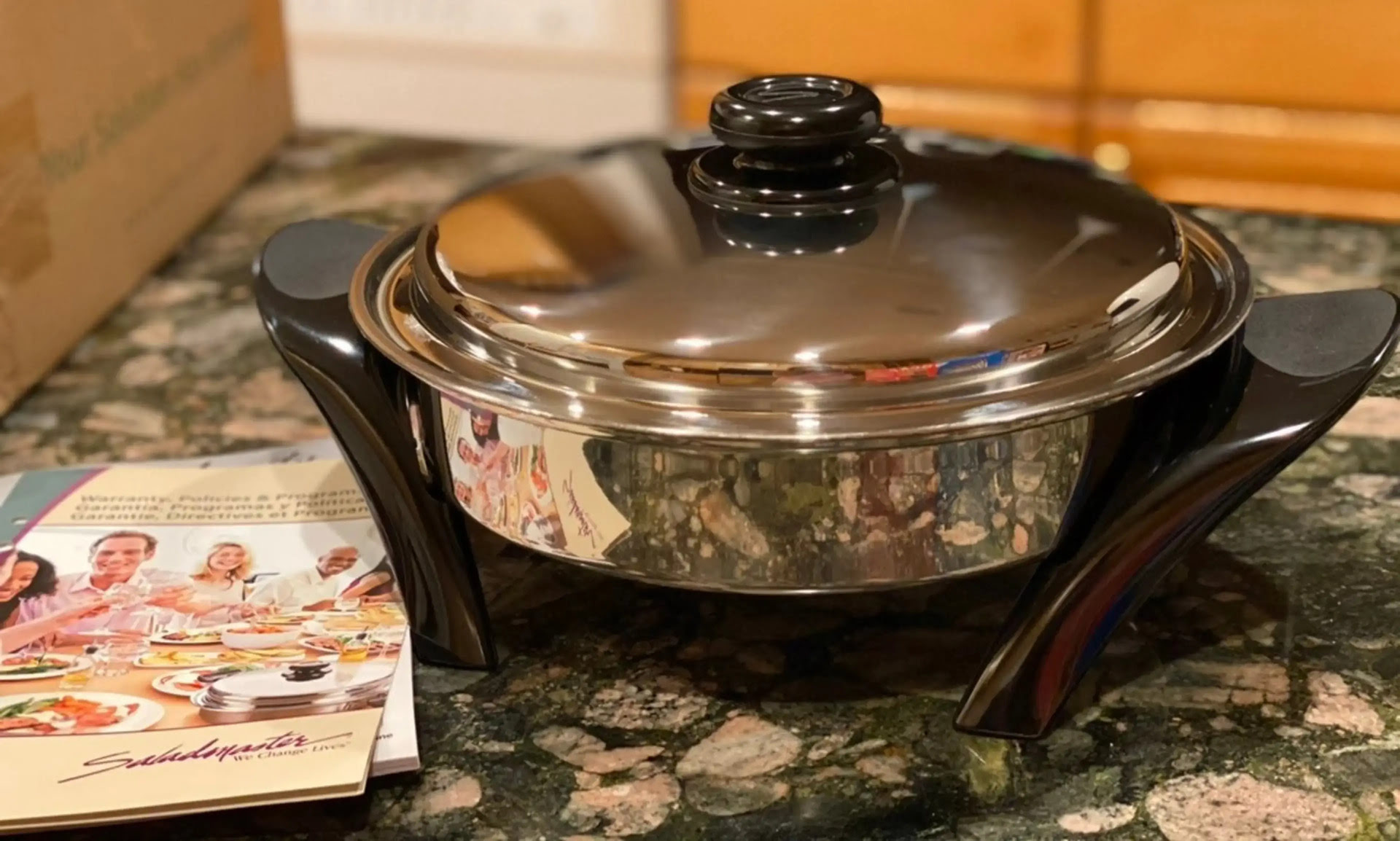

0 thoughts on “How To Cook Rice In Electric Skillet”